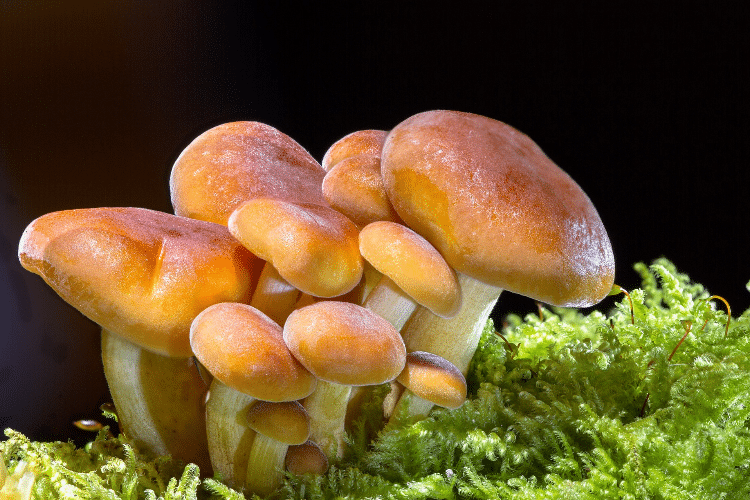
Will Eating Flowers Provide Health Benefits?
A floral centerpiece on the dinner table is a timeless tradition, but did you know that flowers can also appear on your plate as an appetizer? There are thousands of edible flowers that you can add to desserts for extra sweetness or to the main dish for a bit of spice. Eating flowers also provides plenty of health benefits, but you must consume the right ones like any other food.
Table of Contents
What Flowers provide health benefits?
Hibiscus
You’ll often see hibiscus leaves or stems on a list of edible flowers because they’re both delicious and nutritious. The hibiscus flower can grow as large as 6 inches, and it’s found in a wide range of colors, but red is the most popular. They are well known for their medical and culinary applications, as you can eat them in salads or strain them for teas, jams, and radishes.
Although more research is needed, some studies indicate that hibiscus can lower cholesterol levels and reduce blood pressure. However, it’s more so used for its calming properties.
Lavender
This floral, woody herb has been cultivated for its unique fragrance and calming effects. Lavender is found in liqueurs, syrups, and herbal teas, but they pair well with savory and sweet ingredients. You may find them in meals that include berries, citrus, or rosemary garnishes, and they taste great when paired with chocolate, ice cream, and blueberry/apple pies.
Eaten fresh or dried, lavender in small amounts can help improve sleep, reduce skin blemishes, reduce blood pressure and heart rate, relieve asthma symptoms, and promote hair growth. Lavender can also be a natural pain reliever when drunk in tea or inhaled.
Honeysuckle
Over 200 honeysuckle species are consumable, most commonly used in Japan and China as medicine. Honeysuckle is thought to relieve inflammatory conditions when adequately extracted, but no study has replicated this effect. However, its syrup is sweet enough to be a sugar replacer in ice tea, yogurt, lemonade, ice cream, and sorbet.
Honeysuckle can lessen cold and flu symptoms like coughs and colds. It can also help speed up the recovery of bacterial infections, fevers, sores, and boils. Since honeysuckle is rich in flavonoids, it’s been known to improve dullness and uneven skin tones.
Purslane
In the past, purslane was thought to be a simple garden weed, but it soared in popularity once scientists revealed it was rich in nutrients. The flowers and the leaves are consumable and incredibly yummy in raw salads or sandwiches. When steamed or sauteed, they can replace other vegetables as a side dish or be added to soups, sauces, and hot sauces when blended.
Add purslane to your meal for its high amounts of vitamin A, which is a natural antioxidant. They’re incredibly high in omega-3s and are one of the best sources of this fatty acid.
Squash Blossom
We love to eat squash, but did you know that the squash blossom is also editable and full of nutrients? Although these blossoms form on all types of squash, the zucchini blossom is the most popular. Squash blossoms can be chopped into salads or eaten raw. They taste incredible when paired with herbed cheese, fired, put on pizzas, or put on top of flatbreads.
Squash blossoms are low in sodium and calories and are high in fiber. They’re an excellent source of iron, vitamin A, vitamin C, potassium, and calcium and contain a bit of beta-carotene.
Nasturtium
A culinary favorite, these brightly colored flowers are added to multiple foods to add color and a savory flavor. The flower and leaves are editable, whether cooked or eaten raw, taste peppery and a little spicy. The leaves are much spicier. Whether they’re bright orange or yellow, they make an aesthetically pleasing garnish in pastries, salads, and on top of cakes.
The nasturtium plant is full of nutrients that help improve the immune system by tackling sore throats, colds, and coughs. They contain high amounts of vitamin C, manganese, flavonoids, and beta-carotene and can tackle fungal infections. Nasturtium can possibly treat hair loss.






